A home often gives gentle hints long before a problem becomes serious, but many of these clues are easy to overlook because they appear small or harmless at first. Learning to recognise these subtle signs can help you protect your home, avoid expensive repairs, and maintain a safe and comfortable living environment. Issues related to structure, moisture, pests, or overall stability do not always show themselves clearly, which is why awareness matters so much. By paying attention to unusual changes, strange noises, unusual smells, or visible shifts, you can respond early and keep your home in good condition. These signs can show up in walls, floors, ceilings, or even the surrounding soil. Understanding each one helps you take action at the right time. Below are 20 hidden signs that your home may have serious issues and why you should never ignore them.
1. Cracks in the foundation
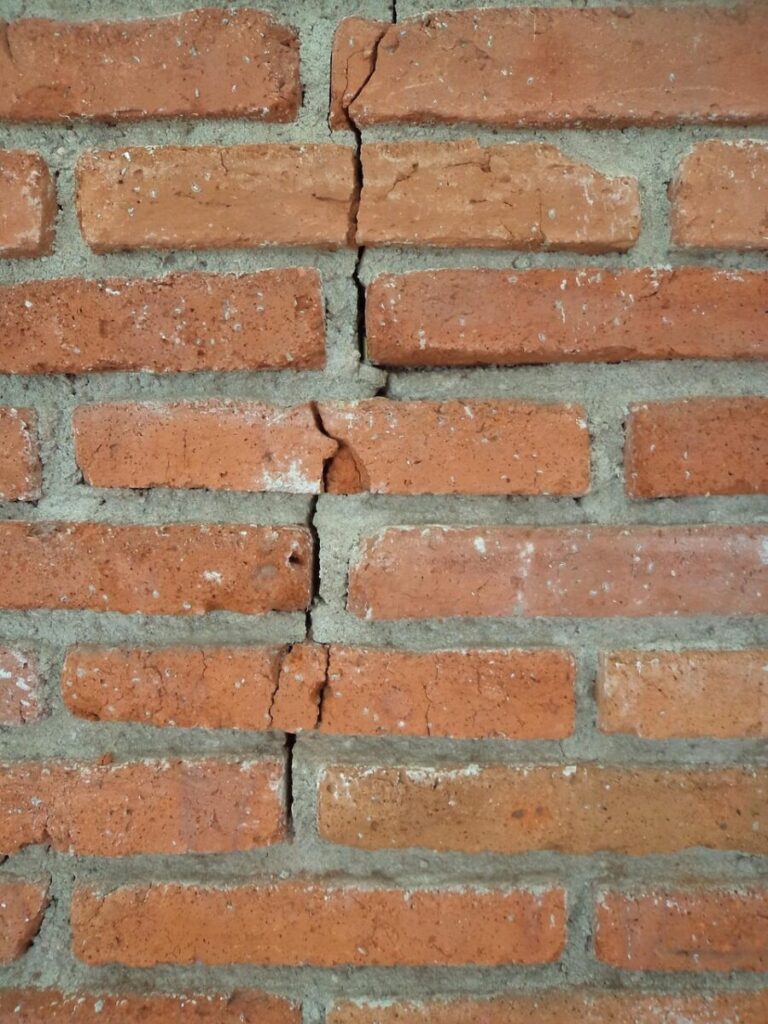
Cracks in a foundation can begin as minor lines, but they should never be ignored when they grow longer, wider, or form patterns such as stair steps. These cracks may indicate movement or weakening underneath your home. When the foundation shifts, the rest of the house often follows, creating problems in floors, walls, and windows. Monitoring cracks regularly helps you understand whether they are stable or worsening. If cracks become noticeably wider over time or appear alongside sloping floors or stuck windows, it suggests deeper structural concerns. Professional evaluation ensures safety and prevents expensive damage later.
2. Slanting or sagging floors

Slanting or sagging floors often indicate that something beneath the surface is no longer providing proper support. Floors may feel springy or uneven, or objects may roll without being touched. These changes can result from moisture, termites, or weakened floor joists. While some homes settle naturally, noticeable or increasing slopes are often signs of structural stress. Checking underneath in crawl spaces or basements may reveal damaged beams or rotting materials. Since floors carry the weight of your home’s interior, addressing any weakness early prevents further deterioration and ensures your living areas stay safe and stable.
3. Doors and windows that stick or fail to close properly

When doors or windows that once closed easily begin to stick, drag, or refuse to close completely, it can reflect underlying shifts in your home’s framing. These changes may occur slowly as the structure settles or rapidly due to moisture or soil movement. Although humidity can cause temporary swelling, persistent difficulty should not be ignored. Misalignment suggests that something in the foundation or walls has shifted. When combined with cracks, sloping floors, or gaps in corners, sticking doors and windows serve as an early warning sign that your home may be experiencing structural stress.
4. Gaps between walls and floors or walls and ceilings

Gaps appearing where walls meet floors or ceilings may seem like minor cosmetic issues at first, but they can indicate deeper structural movement. Your home may be settling unevenly or experiencing shifts caused by soil changes or moisture. These gaps often widen if the underlying problem continues, making early observation important. When gaps appear with cracks, sticking windows, or slanted floors, they point to more serious concerns. Measuring changes occasionally helps track whether the issue is stable or worsening. A professional inspection can determine if framing adjustments or foundation repairs are needed.
5. Cracks in walls or ceilings
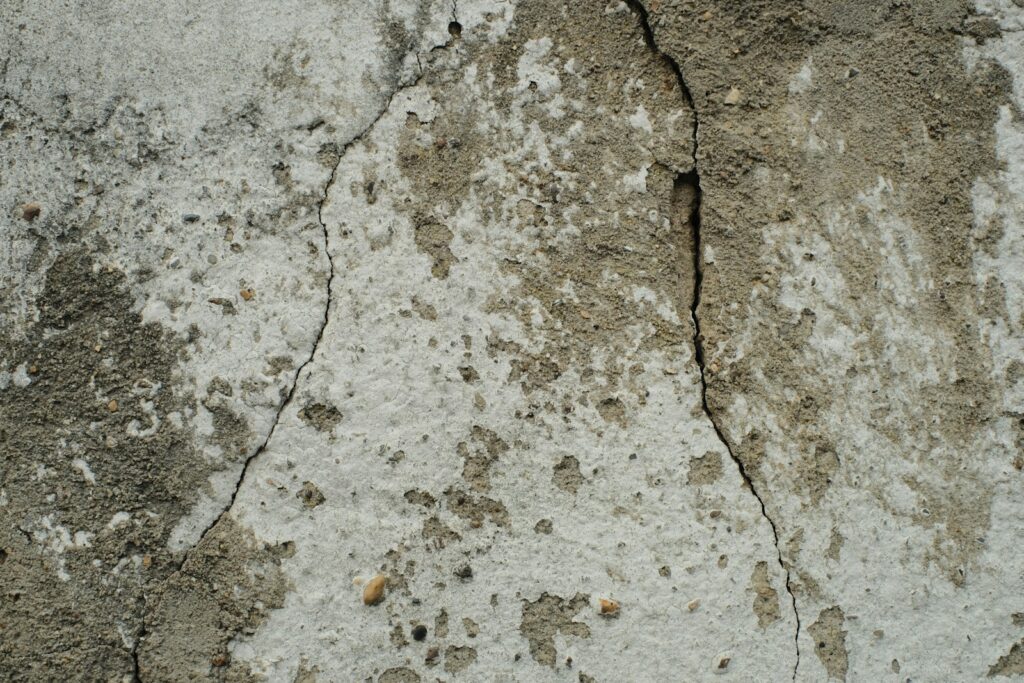
Cracks in walls or ceilings are common, but certain characteristics distinguish harmless lines from serious warnings. Wide cracks, long diagonal cracks, or cracks that suddenly appear after unusual movement may indicate stress within the structure. Homes naturally expand and contract, but cracks that widen or travel across large areas suggest shifting beneath the surface. Moisture damage or poor support may also cause cracking patterns. If cracks appear along corners, door frames, or ceiling joints, they deserve close attention. Monitoring them over time helps determine whether the situation is stable or requires intervention from a structural professional.
6. Bowing or leaning exterior walls
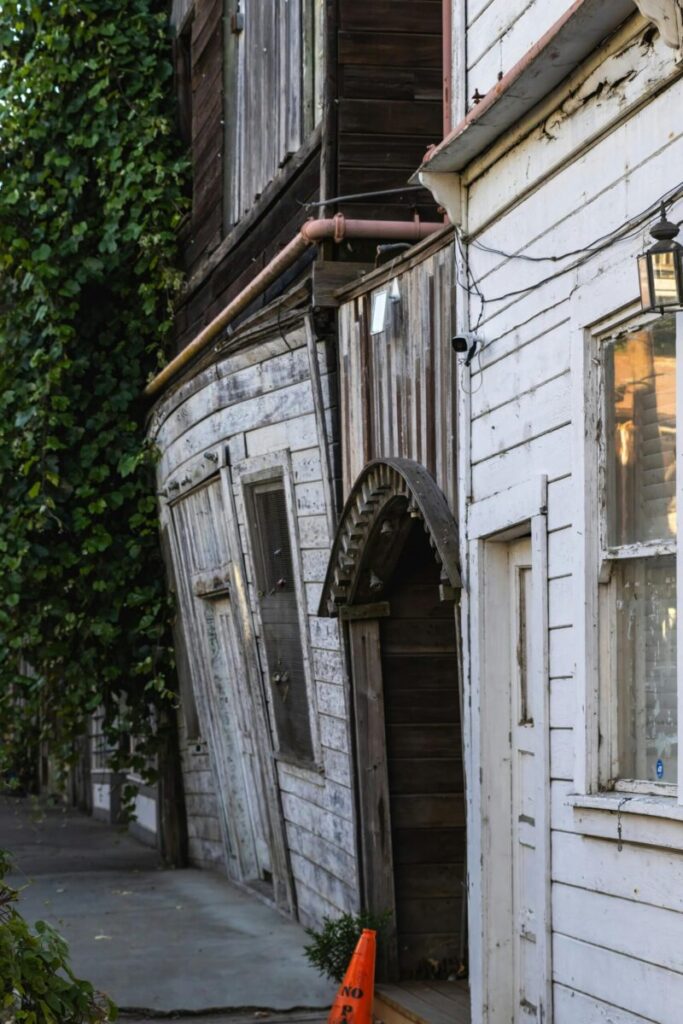
Exterior walls that bow inward or lean outward are among the most concerning indicators of structural trouble. These movements often result from soil pressure, poor drainage, water infiltration, or weakened foundation walls. Bowing walls create an uneven appearance and may show horizontal cracks or warped siding. Because exterior walls support the home’s load, any distortion can lead to significant risk if ignored. Identifying early signs, such as slight curves or subtle leaning, helps prevent more serious outcomes. A professional assessment is essential, as bowed walls usually require reinforcement to restore stability and safety.
7. Ceiling or wall stains
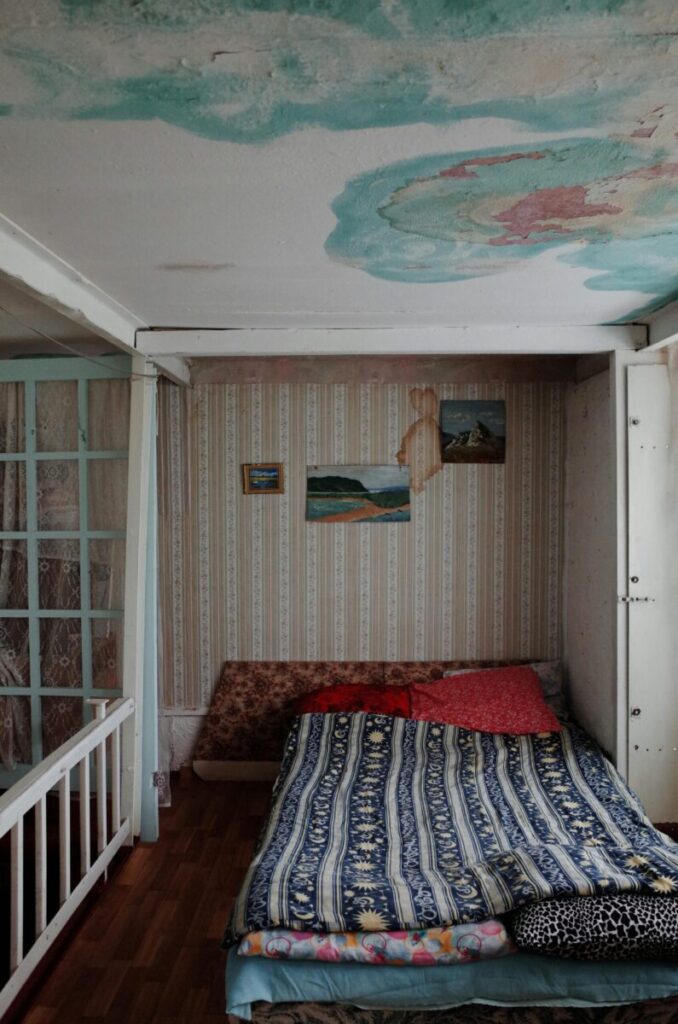
Stains on ceilings or walls typically indicate moisture intrusion from plumbing leaks, roof issues, or condensation problems. These stains often appear yellow or brown and may slowly grow if the source continues to supply moisture. While the stain itself is not the main threat, the water causing it can damage insulation, weaken framing, and encourage mold growth. Tracing the origin of moisture helps prevent these deeper problems. If stains reappear even after cleaning, this clearly signals an ongoing leak. Early action can prevent structural decay and maintain healthy indoor air quality for everyone in the home.
8. Bubbling, peeling, or sagging paint or wallpaper

Paint or wallpaper that bubbles, peels, or sags is often a sign that moisture is trapped behind the surface. This may come from roof leaks, plumbing issues, or high humidity levels. Although it may seem like a cosmetic concern, the presence of moisture can weaken drywall, create decay, and encourage mold. If the issue affects multiple walls, it suggests a widespread water source. Before repainting or repairing the wallpaper, it is essential to locate and fix the underlying cause. Addressing moisture early prevents long-term damage and preserves both appearance and structural integrity.
9. Rust or corrosion on structural elements
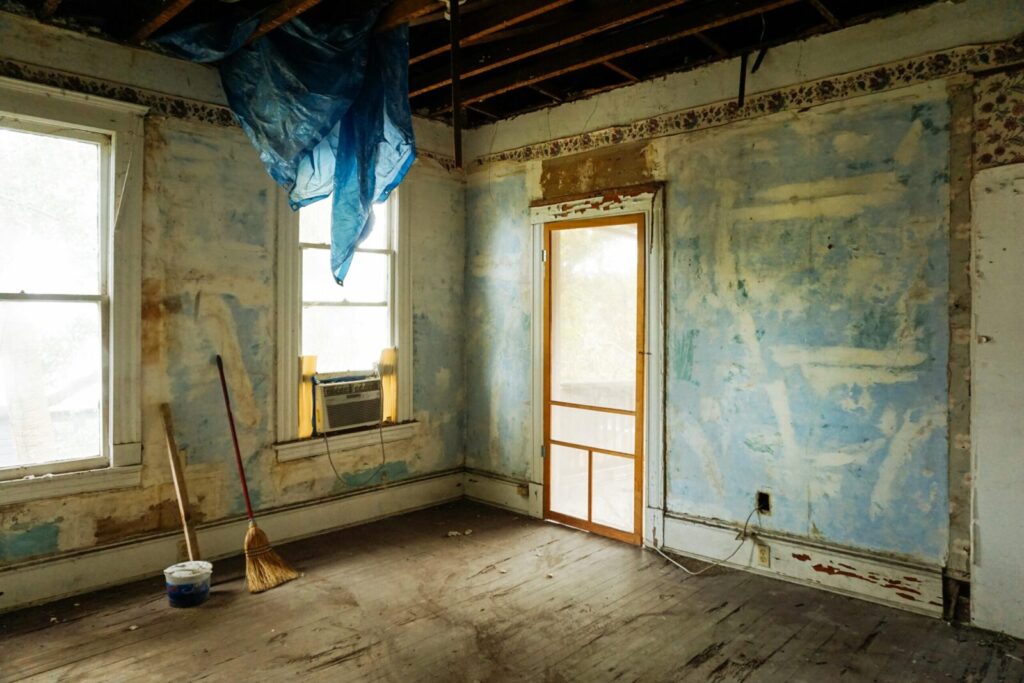
Rust and corrosion on beams, fasteners, or other metal components indicate extended exposure to moisture or poor ventilation. Over time, corrosion weakens metal supports and reduces their ability to carry loads effectively. While small spots of rust may be manageable, widespread or deep corrosion near structural joints or supports requires immediate attention. This issue often develops in basements, crawl spaces, or areas with condensation. Inspecting metal elements regularly helps reveal changes early. Protecting them through repairs, ventilation improvements, or moisture control ensures the stability and longevity of your home’s structural framework.
10. Unexplained increase in energy bills
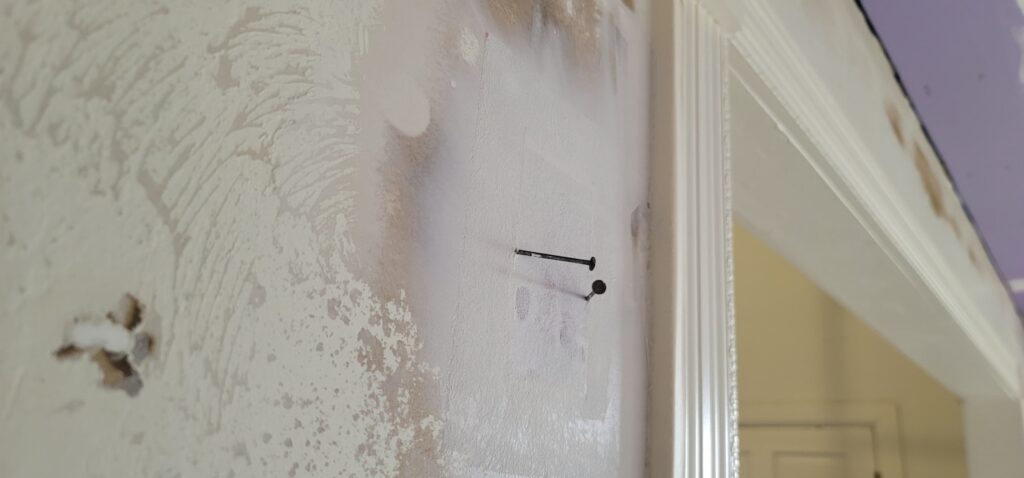
A sudden rise in energy bills without changes in usage often signals hidden issues within the home. Air leaks, inadequate insulation, damaged ductwork, or shifting structures may reduce energy efficiency. Windows or doors that no longer seal properly also allow conditioned air to escape. Even gaps in floors, walls, or ceilings contribute to rising costs. While appliances may play a role, consistently high bills usually indicate that heat or cool air is escaping somewhere unexpectedly. A home energy assessment can identify weak spots, helping you make repairs that improve comfort and reduce unnecessary energy expenses.
11. Persistent moisture or musty odours

Musty odours or lingering dampness usually indicate moisture problems that may be hidden from sight. These smells often come from basements, crawl spaces, or poorly ventilated rooms. Moisture encourages mold growth and can weaken wood framing over time. Even if water is not visibly pooling, high humidity or slow leaks can produce the same effect. Investigating the source of the moisture is important to prevent long-term damage. Improving ventilation, repairing leaks, and ensuring proper drainage around the home help eliminate odours and maintain healthier indoor air.
12. Termite activity or mud tubes
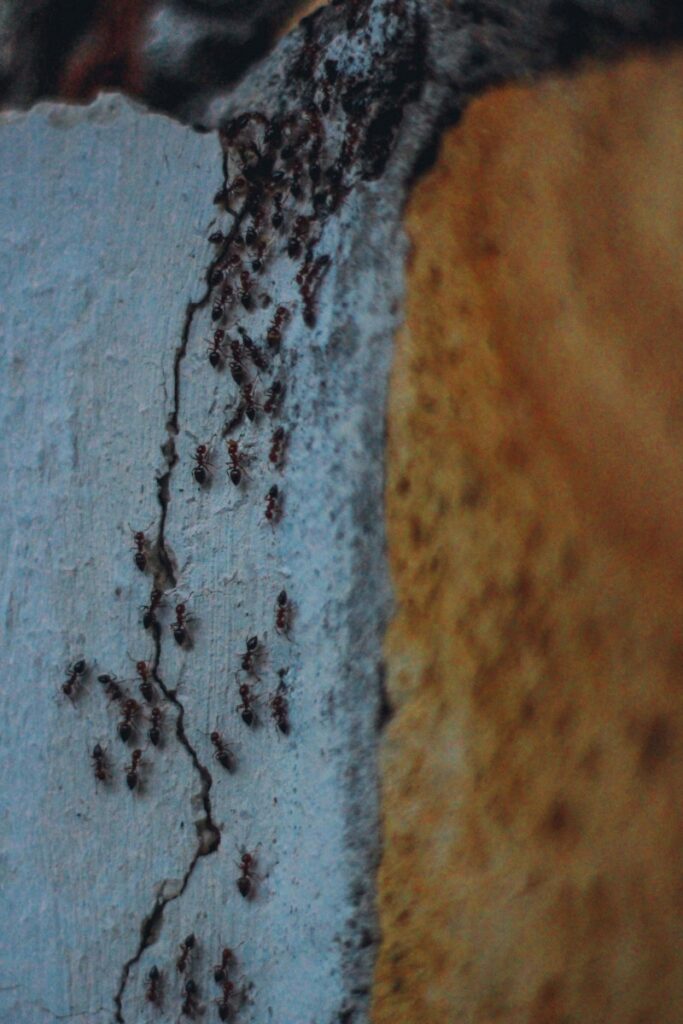
Termites often leave subtle signs before causing severe damage. Mud tubes along foundation walls, tiny holes in wood, or hollow-sounding surfaces indicate their presence. These pests feed on structural wood, compromising floors, walls, and support beams over time. Because termites work quietly, damage may spread before homeowners notice. Regular inspections, especially in warm climates, help detect activity early. If any signs appear, immediate professional treatment is essential to protect the home’s structure. Preventive measures like removing wood contact with soil and addressing moisture also reduce the likelihood of future infestations.
13. Roof issues like damaged shingles, sagging, or leaks
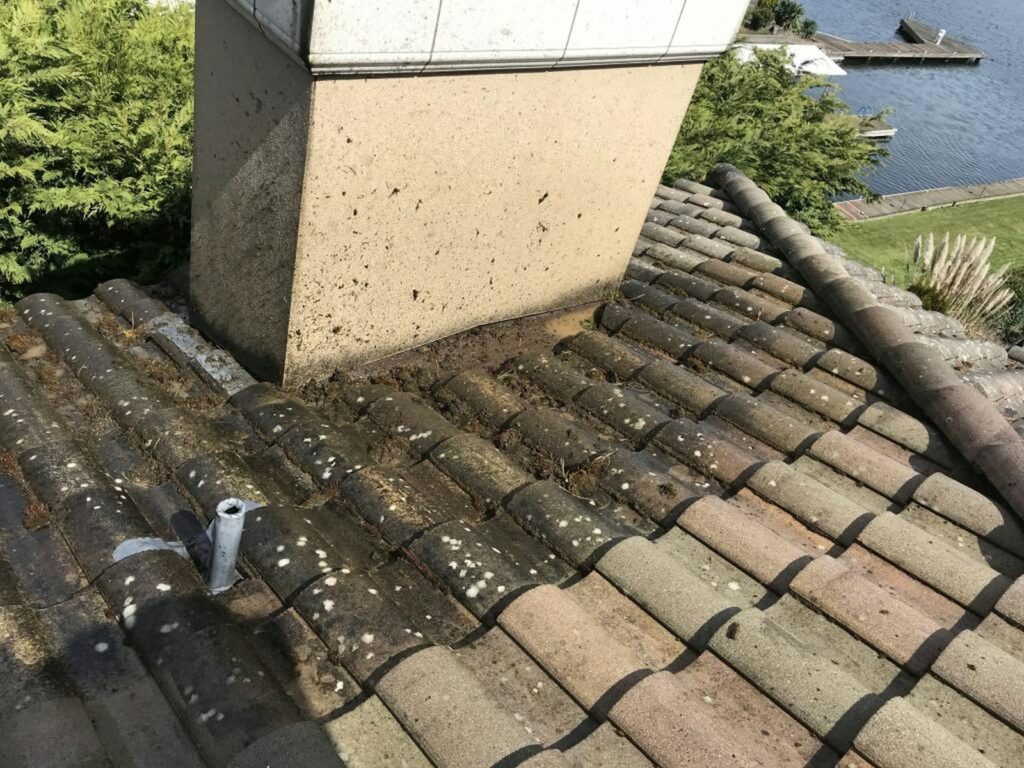
A roof with damaged shingles, sagging areas, or visible leaks can allow significant moisture into the home. Over time, water intrusion damages insulation, ceilings, walls, and structural framing. Missing shingles may expose vulnerable layers underneath, increasing the risk of leaks during storms. A sagging roofline indicates weakened support or trapped moisture within the roof structure. Regular inspections help identify small issues before they worsen. Fixing roof problems early prevents interior damage and protects your home from expensive repairs that result from long-term water infiltration.
14. Gutters and downspouts that fail to direct water away

Gutters and downspouts play a vital role in moving water away from your home. When they become clogged, damaged, or misaligned, water may pool around the foundation. This creates soil erosion and increases the risk of foundation settlement or basement leaks. Overflowing gutters also allow water to seep into walls or fascia boards. Regular cleaning and maintenance ensure that water flows properly during rain. Downspouts should extend far enough away to keep moisture from gathering near the structure. Proper water management prevents structural deterioration and protects the foundation from long-term stress.
15. Sagging ceilings or bulging walls
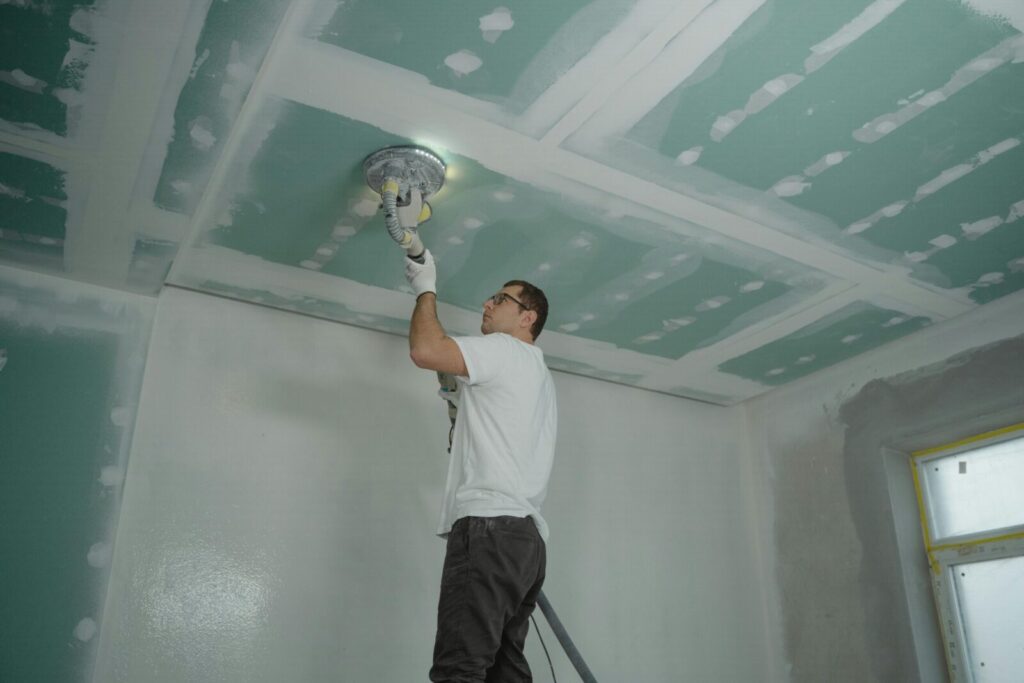
Sagging ceilings or bulging walls often indicate that something behind the surface is under stress, overloaded, or weakened. Moisture infiltration, damaged framing, or compromised supports may cause these changes. Even slight sagging should be taken seriously, as it often worsens with time. Bulging walls may mean pressure is building in areas expected to remain flat. Identifying the source requires examining the space above or behind the affected area. Quick action helps prevent collapse or further structural damage. Professional evaluation ensures the appropriate repair approach and reduces risks to your home’s overall stability.
16. Chimney cracks or separation from the home

Cracks in a chimney or visible separation between the chimney and the home often signal foundation movement or structural shifting. Because chimneys are heavy and usually stand independently, they are sensitive to changes in soil stability and settling. Gaps may widen as the foundation moves, creating safety hazards. Water can also enter cracked chimney masonry, worsening the problem over time. Regular inspection helps catch small issues before they expand. Addressing separation early prevents further deterioration and protects both the chimney and surrounding structural elements from damage.
17. Plumbing or sewer line backups, slow drains
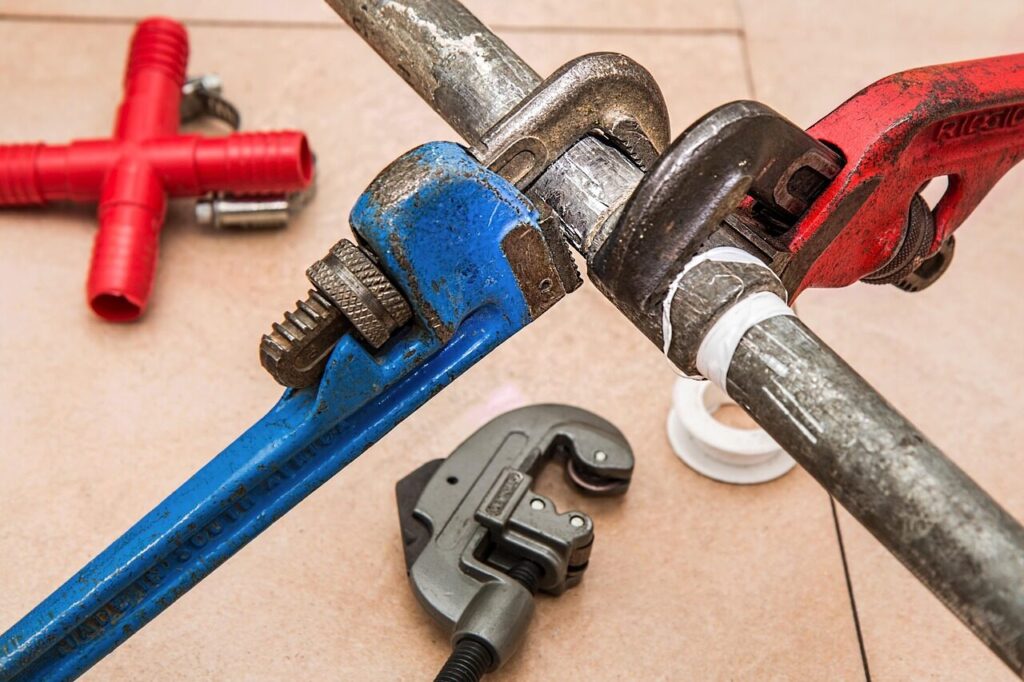
Recurring slow drains or backups in multiple fixtures may indicate problems deeper in the plumbing system. Issues in the main sewer line, shifting soil, or tree root intrusion can restrict flow. While a single clogged drain is common, widespread drainage issues suggest a more serious blockage or pipe damage. Old or deteriorating pipes may allow leaks underground, affecting soil stability around your home. Monitoring drainage patterns and scheduling an inspection when issues repeat helps prevent significant water damage, foul odours, and structural complications related to plumbing failures.
18. Fireplace or hearth separation
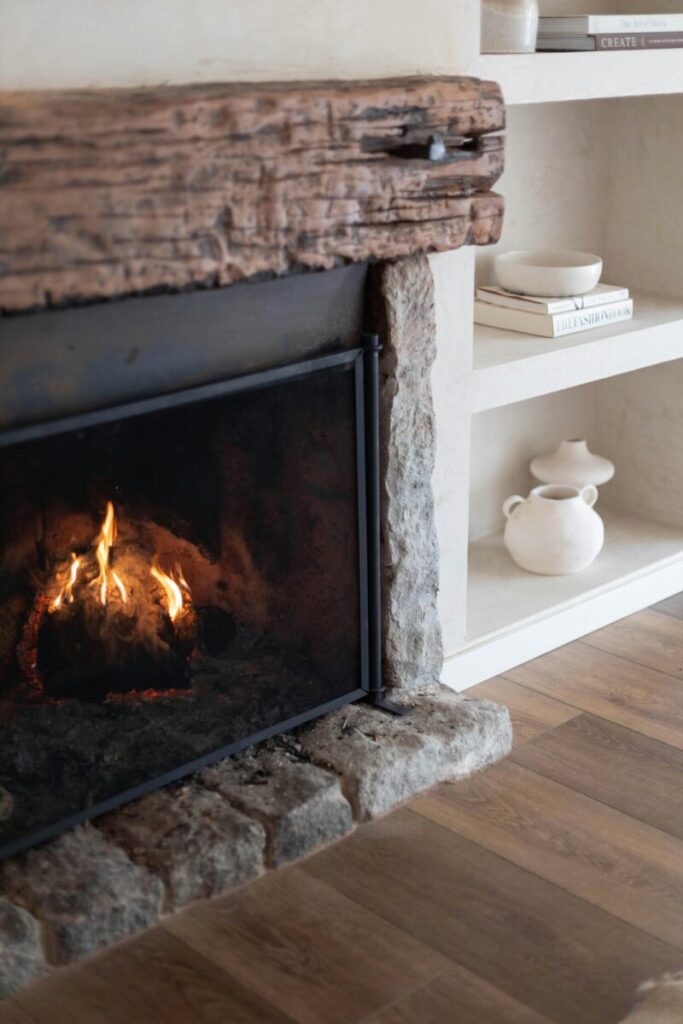
Separation around a fireplace or hearth indicates movement in the structure. Gaps between the hearth and surrounding walls or cracked masonry show that the floor or foundation is shifting. Since fireplaces are heavy and sit on concentrated support areas, they reveal changes quickly. Ignoring these signs may allow further movement that weakens nearby framing. Moisture entering cracks can also worsen the issue. Addressing separation early ensures your fireplace remains safe and stable. Professional assessment helps determine whether repairs need to focus on structural support, foundation stabilisation, or simply sealing affected masonry.
19. Unstable decks, porches, or external attachments
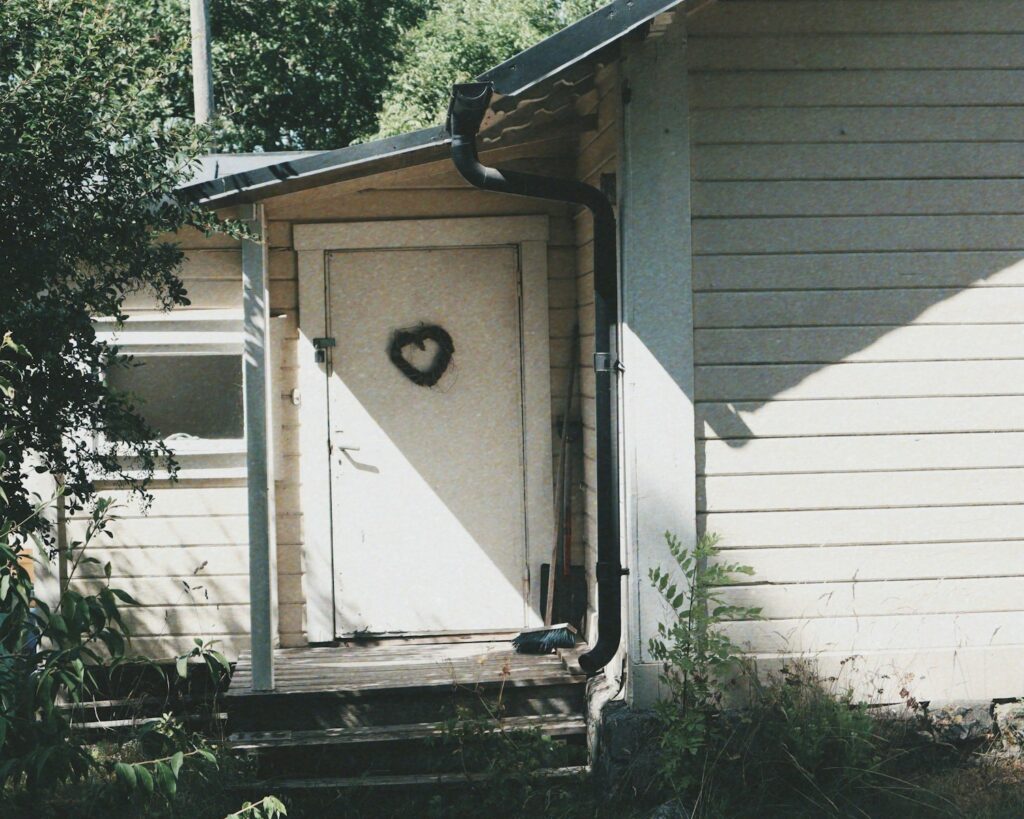
Decks, porches, and other exterior attachments often give early clues to issues affecting a home’s outer structure. Wobbling supports, soft wood, tilting surfaces, or loose fasteners may indicate rot, moisture damage, or soil movement. Because these structures are exposed to the elements, deterioration can happen quietly over time. If an attached deck begins separating from the home or showing significant shifts, it may point to deeper foundation concerns. Regular inspection helps maintain safety and prevents accidents. Reinforcing supports and addressing moisture problems extend the lifespan of outdoor structures.
20. Repeated insect or rodent intrusions
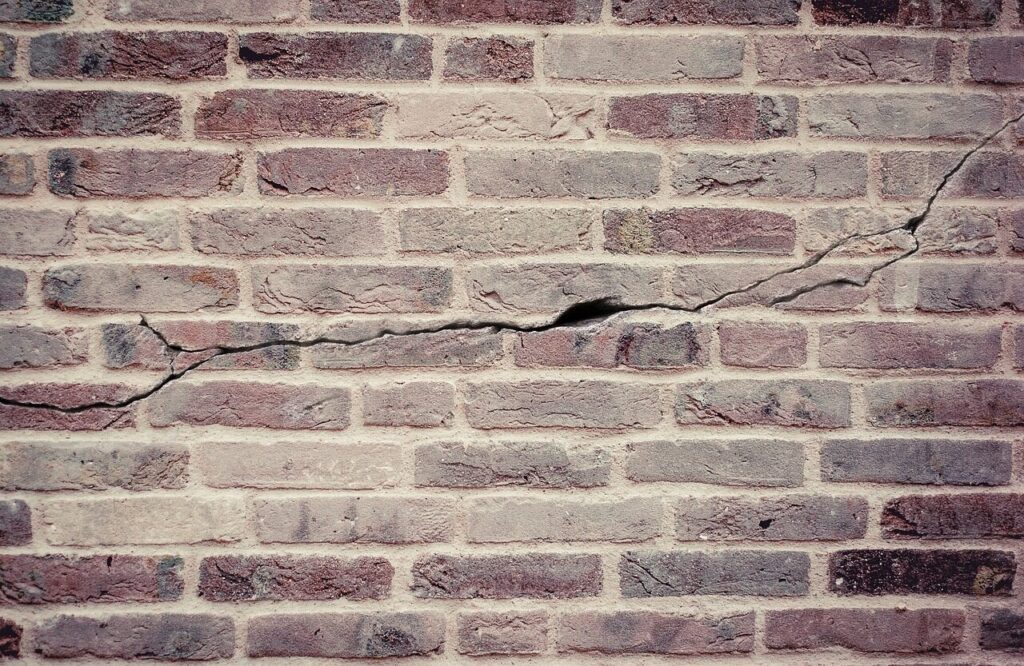
Frequent insect or rodent intrusions suggest that gaps, cracks, or openings have formed in the home’s external envelope. These pests typically take advantage of weakened areas, often revealing structural vulnerabilities or moisture problems. Rodents may squeeze through small openings, while insects often enter through cracks caused by settling. Persistent intrusions indicate that entry points remain unsealed or that the underlying cause has not been addressed. Inspecting the home’s exterior, sealing gaps, and improving cleanliness reduces the likelihood of infestations. Early action prevents pests from causing further damage inside walls or insulation.
Comments